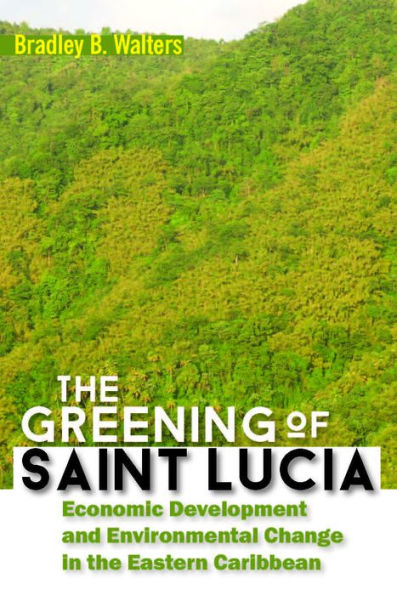The Greening of Saint Lucia is based on the results of a long-term, field-based research project that began in 2006. It entails the application of a novel research methodology for doing human-environment research (ACE: abductive causal eventism) that the author co-developed with a colleague from Rutgers University. This causal-historical methodology allows for the rigorous integration of findings derived from natural and social science sources, including ecological and air photo assessments, interviews, secondary data sources, and archival investigations.
The Greening of Saint Lucia is based on the results of a long-term, field-based research project that began in 2006. It entails the application of a novel research methodology for doing human-environment research (ACE: abductive causal eventism) that the author co-developed with a colleague from Rutgers University. This causal-historical methodology allows for the rigorous integration of findings derived from natural and social science sources, including ecological and air photo assessments, interviews, secondary data sources, and archival investigations.

The Greening of Saint Lucia: Economic Development and Environmental Change in the West Indies
224
The Greening of Saint Lucia: Economic Development and Environmental Change in the West Indies
224
Product Details
| ISBN-13: | 9789766407056 |
|---|---|
| Publisher: | The University of the West Indies Press |
| Publication date: | 02/05/2019 |
| Pages: | 224 |
| Product dimensions: | 6.00(w) x 9.00(h) x (d) |
